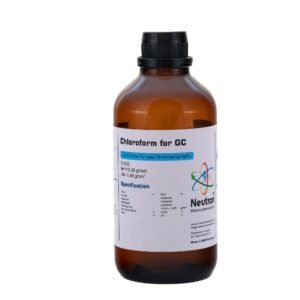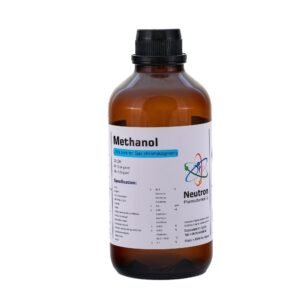Isooctane, chemically known as 2,2,4-trimethylpentane (C8H18), is a branched-chain alkane widely recognized for its critical role in the petroleum industry. Due to its high resistance to engine knocking, it serves as the benchmark standard for determining the octane rating of gasoline fuels.
🏭⚗️ Synthesis
Industrially, isooctane is primarily produced via catalytic alkylation processes, where isobutane reacts with olefins such as propylene in the presence of acidic catalysts like sulfuric acid or solid acid catalysts. This process results in the formation of branched hydrocarbons with enhanced anti-knock properties. Laboratory methods may include various alkylation and isomerization reactions to yield the desired 2,2,4-trimethylpentane structure.
🧪 Applications
The most significant application of isooctane is as the reference standard with an octane rating of 100, making it indispensable in fuel quality testing and development. Its high knock resistance improves engine performance and efficiency when blended into gasoline. Beyond fuel applications, isooctane is used as a non-polar solvent in chemical laboratories and serves as a key intermediate in synthesizing other branched hydrocarbons and fuel additives.
⚠️ Safety
Isooctane is a highly flammable liquid with a low flash point (~ -12°C), posing fire and explosion hazards if not handled properly. Exposure through inhalation of vapors may cause dizziness, headaches, and respiratory irritation, while direct contact can irritate the skin and eyes. Proper safety measures include using personal protective equipment such as gloves and safety goggles, ensuring adequate ventilation, and storing the chemical in tightly sealed containers away from heat and ignition sources. Immediate action is required in the event of spills to ventilate the area and eliminate ignition risks.




